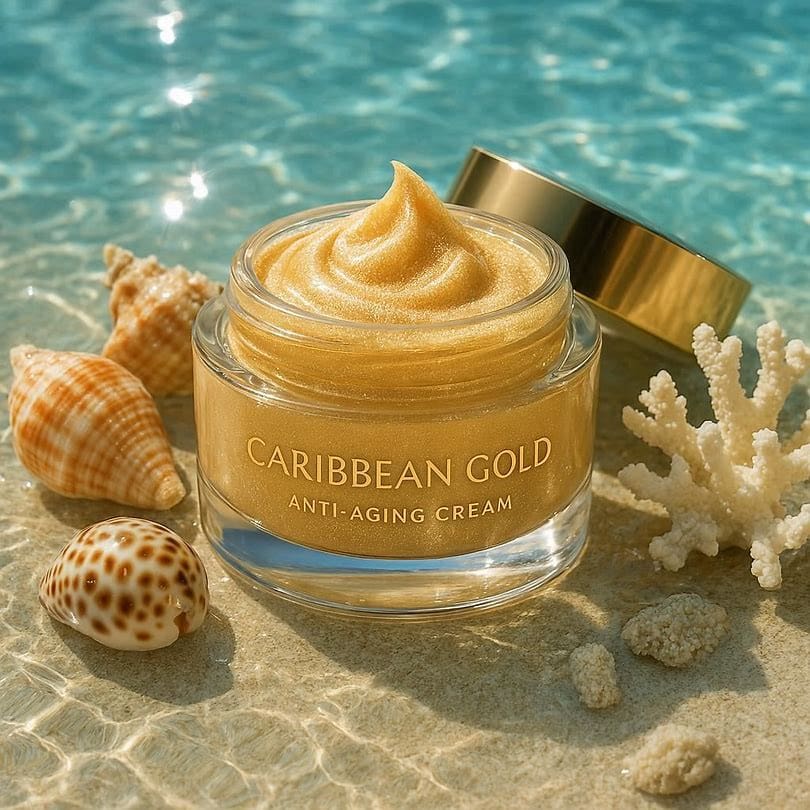The Caribbean is poised to transform an environmental challenge into a groundbreaking opportunity by harnessing the untapped potential of Sargassum seaweed. Known for its invasive presence on beaches, Sargassum is now gaining recognition as a rich source of bioactive compounds with significant applications in anti-aging and regenerative skincare. Compounds like terpenoids, fucoxanthin, and fucoidan, found in abundance in Sargassum, offer skin-brightening, elasticity-enhancing, and anti-wrinkle properties, making it a valuable resource for the booming global cosmeceutical market, projected to reach $88 billion by 2030. This innovation could not only clean up Caribbean beaches but also position the region as a leader in marine-based wellness and sustainability. The Dominican Republic has already begun exporting Sargassum to Finland for cosmetic and food industry applications, while Barbados, St. Lucia, and Trinidad & Tobago are actively collecting the seaweed for similar purposes. However, challenges such as fragmented governance, limited R&D infrastructure, and brain drain of scientific talent hinder progress. To overcome these barriers, a regional innovation ecosystem is essential, fostering collaboration between academia, industry, and government. By investing in marine science capacity and youth programs, the Caribbean can create jobs, boost economic diversification, and establish itself as a hub for marine-based anti-aging innovation. Flagship products like ‘Ocean Renewal Serum’ and ‘Marine Radiance Cream’ could revolutionize the skincare industry, while eco-tourism initiatives like ‘Rejuvenate Naturally – The Caribbean’s First Anti-Aging Eco-Tourism Sanctuary’ could attract wellness travelers seeking sustainable longevity solutions. This transformative approach not only addresses the Sargassum influx but also builds a legacy of prosperity, wellness, and scientific excellence for the Caribbean.
